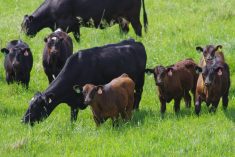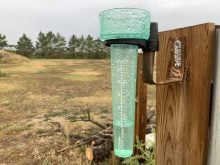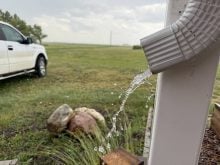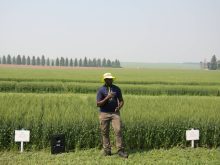[UPDATED: Feb. 12, 2024] Glacier FarmMedia – Last year had the highest ever payout for pasture insurance in Alberta, surpassing that of 2021, according to data from Agriculture Financial Services Corp.
More than $325 million was paid through AFSC’s Moisture Deficiency Insurance program, nearly three times the amount provided two years ago.
“We went through one of the worst droughts in a long time and it’s good to know that AFSC was there to support producers, which is so rewarding to us,” said Leslie McEachern, AFSC product coordinator.
Read Also
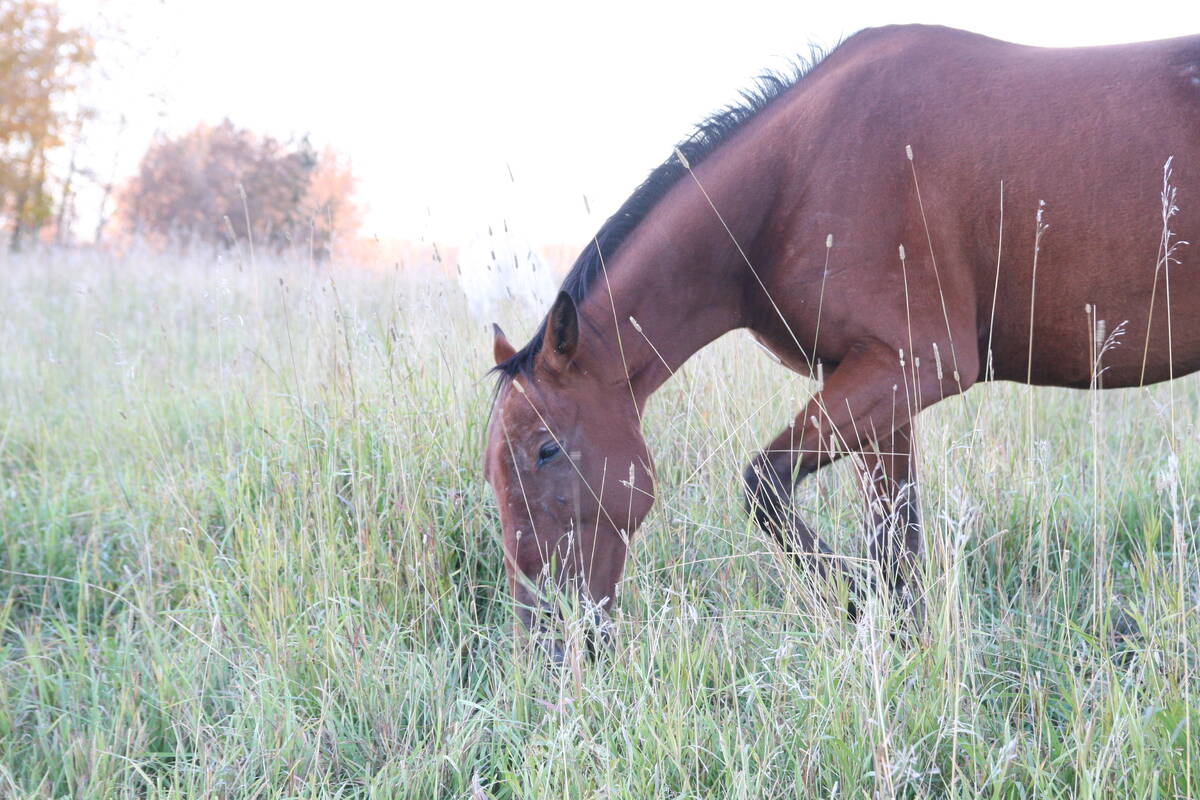
Beware giving horses too much iron
Horses consuming too much iron through diet or well water risk health problems like laminitis. Mineral testing forage and water is good practice for owners.
Currently low soil moisture conditions may improve before spring, but McEachern stressed the importance of signing up for insurance before the Feb. 29 deadline.
“If someone doesn’t carry insurance, they might not know what the coverage levels are, what it’s going to cost, there might be some misconceptions there, they might feel it’s too expensive, it’s not going to cover me for enough,” she said. “But my biggest suggestion is go into the local (AFSC) branch, ask the questions, get an estimate and decide for yourself.”
Moisture deficiency insurance is part of AgriInsurance, which is one component of the Sustainable Canadian Agricultural Partnership (SCAP). Premiums for the program are cost-shared by the federal and provincial governments and producers.
McEachern said that program was expected to be used once every 15 years but has now been accessed by prairie provinces twice in three years. There is no guarantee it will continue in its present form.
For every dollar spent on moisture deficiency insurance, five times that amount has been paid out over the past several years, she said.
Producers often claim that precipitation recording stations show distorted levels from isolated showers that may not represent general conditions. McEachern said AFSC is addressing the issue.
“We try to have one weather station every 20 kilometre (radius). This year, 2024, there are six new weather stations that have been added and the hope is as we continue with the program, we are going to lower that radius down to 15 kilometres.”
More information on the program is available through the AFSC website.
*A correction was made to properly identify the cost-sharing structure for premiums.




